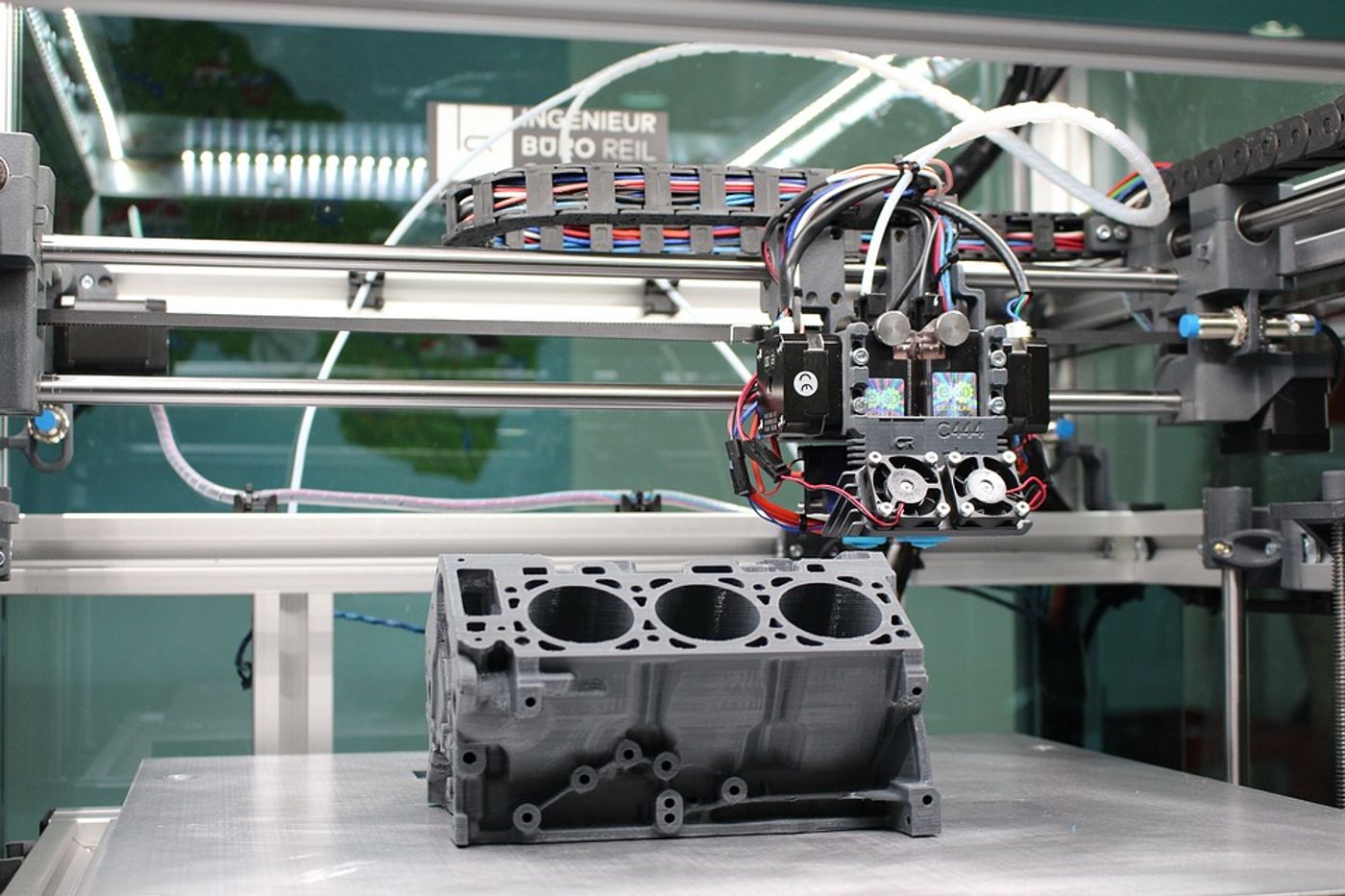Electrospray deposition offers better coating method for 3D-printed objects
New research published in the journal ACS Applied Materials & Interfaces details a more efficient mechanism for painting complex 3D-printed objects, like lightweight frames for aircraft and biomedical stents. The research comes from engineers at Rutgers University.
"Our technique is a more efficient way to coat not only conventional objects, but even hydrogel soft robots, and our coatings are robust enough to survive complete immersion in water and repeated swelling and de-swelling by humidity," said senior author Jonathan P. Singer, who is an assistant professor in the Department of Mechanical and Aerospace Engineering in the School of Engineering at Rutgers University-New Brunswick.
The technology sprays fine droplets that coat places that are difficult to reach in 3D-printed objects by applying a voltage to fluid flowing through a nozzle. Known as electrospray deposition (ESD), the technique has been used traditionally for analytical chemistry. Watch the video below to see the technique in action.
There are multiple benefits of the technique: it requires fewer materials because it is much thinner and it is also more efficient and better-targeted. As reported by Eureka Alert, “That means engineers can use cutting-edge materials, such as nanoparticles and bioactive ingredients, that would otherwise be too costly in paints.” Additionally, the coatings have very high superhydrophobicity.
The authors write in their paper the implications of this technique: “The self-repulsive droplets [from ESD] evaporate as they travel to a target substrate, depositing the solution solids....With the ability to conformally coat complex three-dimensional (3D) objects without changing the location of the spray needle or orientation of the object, they are ideally suited for the postprocessing of materials fabricated through additive manufacturing (AM), opening a paradigm of independent bulk and surface functionality.”
The engineers plan to continue their research in order to develop surfaces that are capable of triggering chemical reactions to produce paints that can sense their environment and report stimuli to electronics.









